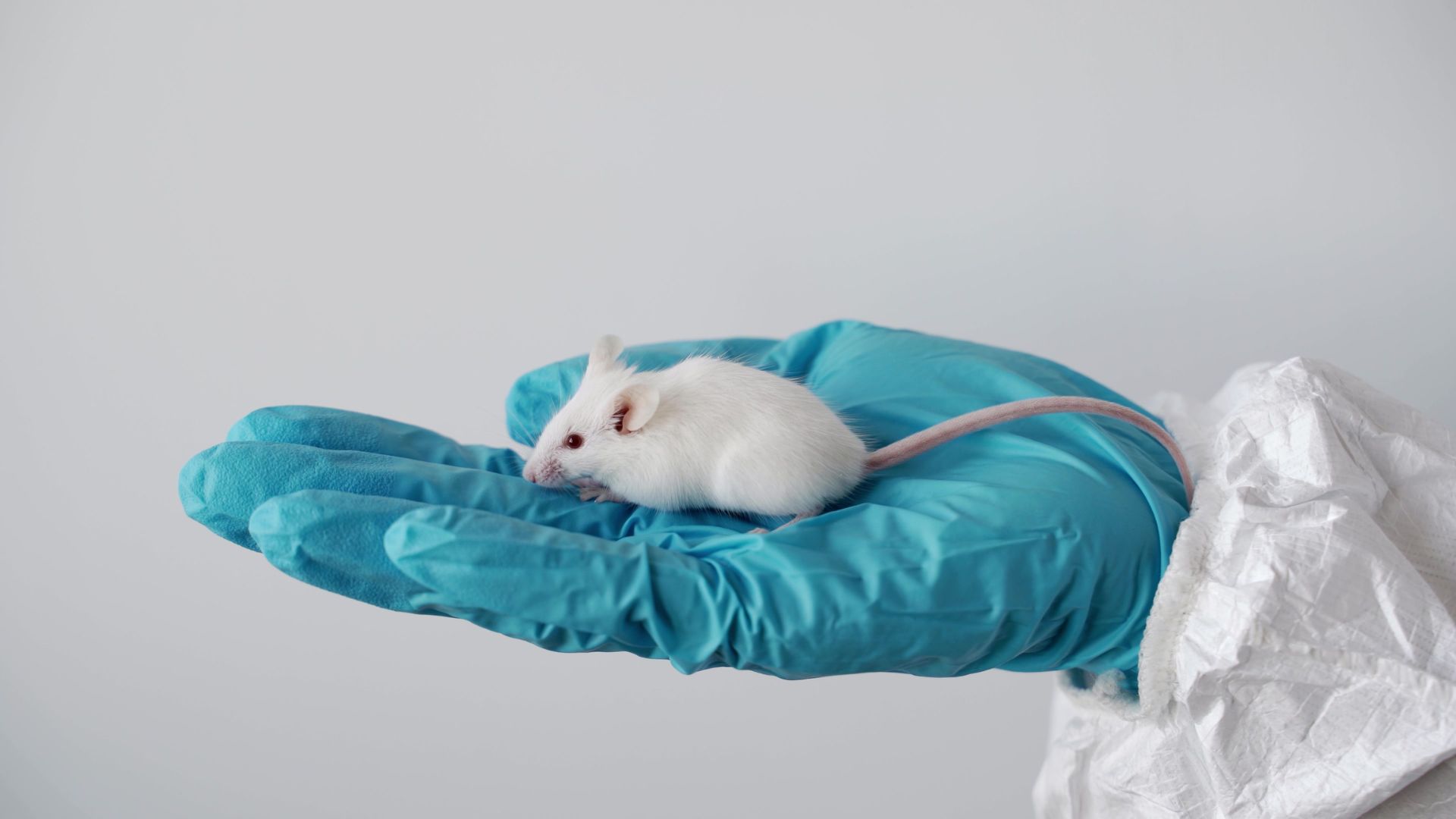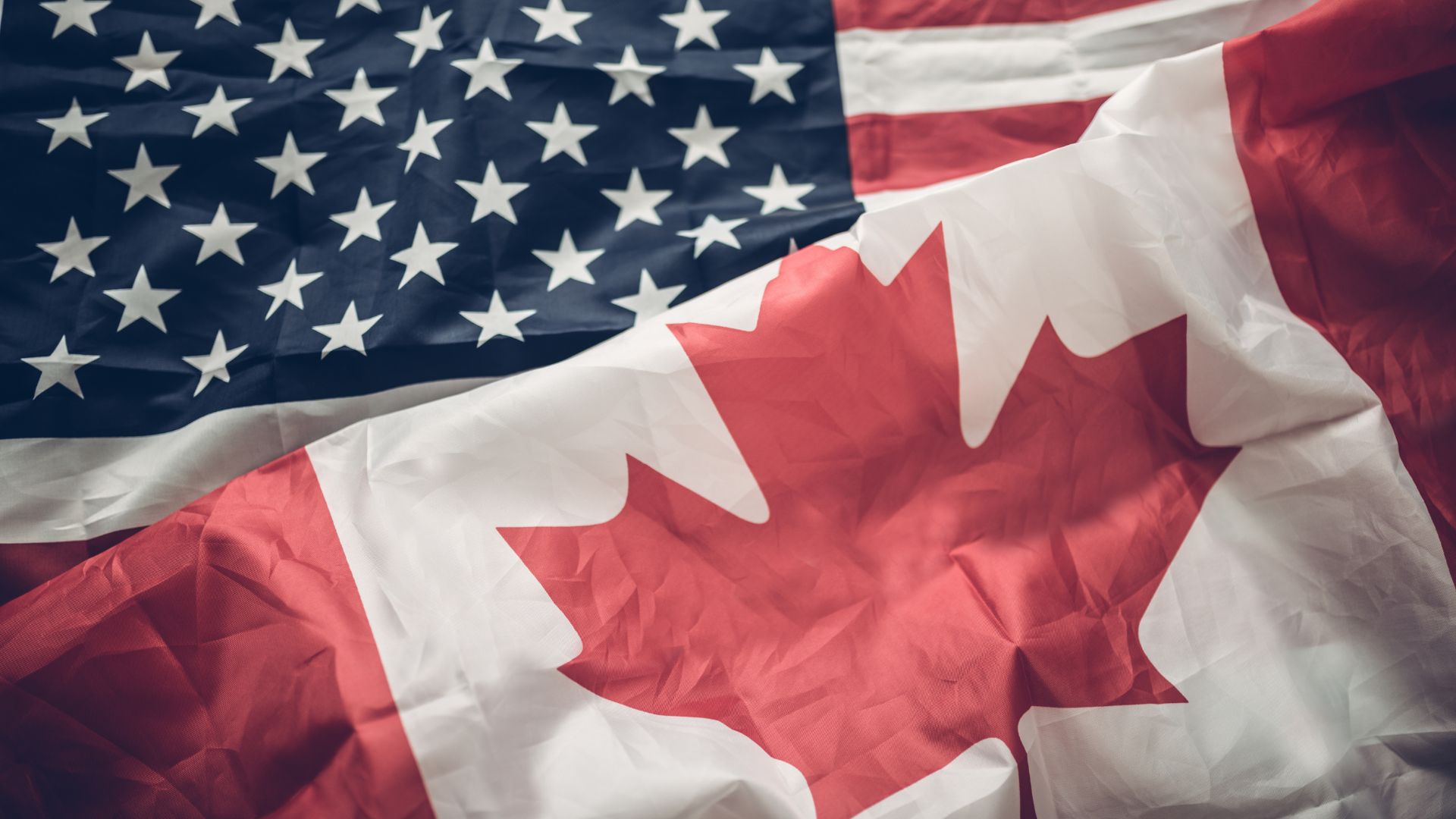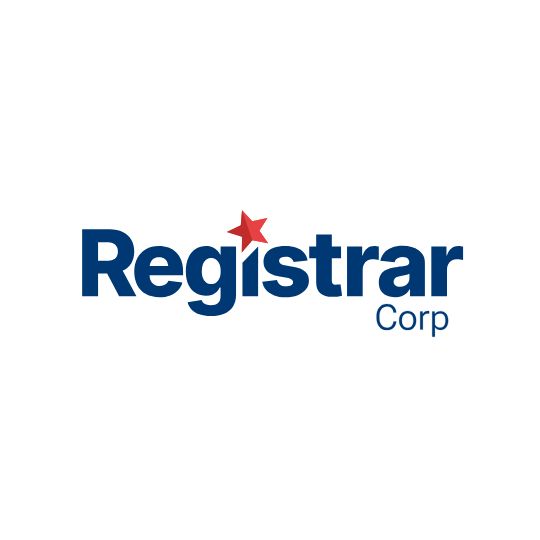In Canada, the regulatory spotlight on cosmetics has steadily grown brighter, and with it, so has the expectation that brands respond quickly and responsibly when things go wrong, especially when it comes to incident reporting. Historically, cosmetics have been treated as low-risk consumer products — but “low-risk” does not mean “risk-free.” Adverse reactions can and do happen, whether it’s a rash from a new fragrance blend, an eye irritation caused by a preservative, or an unexpected allergy triggered by a natural essential oil that was assumed to be gentle.
Canadian regulators have long expected companies to act when they become aware of safety issues with their products. However, under Canada’s evolving self-care regulatory framework, the bar for incident reporting is becoming clearer and stricter. For brands used to simply filing a Cosmetic Notification Form and moving on, the reality now is that your duty to Health Canada does not end once your product hits the shelf — it continues through active monitoring and, when needed, mandatory reporting of serious incidents.
What Counts as an “Incident” for a Cosmetic Product?
Unlike drugs or medical devices, cosmetics do not require a pre-market license. But they are still regulated under the Food and Drugs Act, which prohibits the sale of any cosmetic that may cause injury to the user. An incident — sometimes called an adverse event — is any situation where a cosmetic product may have harmed a consumer’s health or presented a risk that was not expected based on normal, intended use.
A classic example is when a user develops a severe rash or swelling after using a face cream. But not every mild irritation automatically triggers a mandatory report. Health Canada focuses on serious adverse events — meaning effects that require medical attention, hospitalization, significant treatment, or that pose a significant risk of permanent damage or disability. An allergic reaction that sends a consumer to the ER is clearly reportable. So is an eye infection linked to contaminated mascara, or a burn caused by a misformulated hair dye.
Cosmetic brands must also recognize that an incident can be broader than just an obvious health effect. It can include product contamination discovered after sale, mislabeled ingredients that pose a hidden allergy risk, or evidence that a banned or restricted substance was inadvertently used. Any of these scenarios could trigger your duty to report and investigate.
Who Is Responsible for Incident Reporting?
Under Canadian law, the company that is the Responsible Person for a cosmetic is the main point of contact for Health Canada — and carries the responsibility for filing reports when incidents occur. This includes Canadian manufacturers, domestic brand owners, or importers who bring finished products into the country.
If you sell from abroad but target Canadian customers, you must name a Responsible Person with a valid Canadian address. This person must be reachable for follow-up questions, able to supply additional documentation on request, and prepared to coordinate any needed recall or corrective action. Brands that skip this step or appoint a token contact with no real operational role risk serious compliance trouble if a safety incident arises.
How Quickly Must Incidents Be Reported?
For cosmetics, there is no formal “Adverse Event Report” form like the one used for medical devices or prescription drugs. However, the Food and Drugs Act and related guidance expect Responsible Persons to notify Health Canada as soon as they know, or ought to know, that a product may be non-compliant or unsafe for use.
While there is no strict deadline written in hours or days, best practice is clear: if a serious injury occurs, a brand should notify Health Canada immediately — ideally within a few days. This early notification allows regulators to assess the scale of the problem and decide if wider action is needed. It also shows the brand is acting in good faith, which can limit enforcement consequences later.
Brands must also be able to show that they have investigated any complaints or red flags internally. Did you check whether other batches were affected? Did you trace the issue to a supplier or a change in formulation? Did you confirm that no banned ingredient slipped in? Regulators expect you to demonstrate that you have systems in place to track, assess, and respond to incidents — not just react when a customer posts a complaint on social media.
How Does This Connect to Recalls?
If an incident reveals a real risk, a company may need to issue a product recall. Health Canada can request or order this, but a proactive voluntary recall is often the best way to limit harm and show compliance. The agency has the power to publicize the recall on its website and through consumer alerts. In recent years, cosmetic recalls have covered everything from microbial contamination in creams and lotions to undeclared allergens and unauthorized ingredients banned by the Cosmetic Ingredient Hotlist.
Brands that handle a recall well — with clear communication, proper consumer instructions, and visible corrective steps — tend to recover trust faster than those that ignore problems or delay disclosure.
The Link to the Cosmetic Ingredient Hotlist
Many cosmetic incidents in Canada arise because an ingredient that is prohibited or restricted by the Cosmetic Ingredient Hotlist ends up in a product. For example, a fragrance compound that was once acceptable might now be restricted due to new research on allergenic effects. If a supplier uses an outdated fragrance blend, the final product may exceed a safe limit without the brand realizing it. When testing, consumer complaints, or third-party lab checks reveal this, the company must assess whether this triggers a risk of injury — and if so, report it.
This is why brands are expected to actively monitor the Hotlist and update formulations if needed. Failing to do so means a problem that could have been avoided can become a full incident — with the added risk of fines and reputation damage.
What Happens If You Don’t Report?
If Health Canada discovers that a brand knew about a serious safety issue but failed to report it, the consequences can be significant. The agency has the power to seize products, order recalls, and pursue legal action under the Food and Drugs Act. Ignoring an incident or failing to show that you investigated a known risk can be treated as selling an unsafe product — a violation that can trigger warnings, fines, and long-term reputational harm.
Best Practices for Modern Incident Reporting and Response
Staying compliant today means building a clear plan for tracking and reporting incidents. Smart brands document all consumer complaints, even minor ones, and review them for patterns. They train customer service teams to flag any claim of injury, no matter how small. They maintain updated supply chain checks and verify that what’s on the label matches what’s in the bottle. If an issue arises, they can quickly gather batch records, supplier details, and test results.
If a serious incident is confirmed, the Responsible Person prepares a clear notification for Health Canada, summarizing what happened, what is known so far, what the company is doing about it, and whether a recall is in progress. They stay in contact with the regulator until the matter is closed — providing updates as new information comes in.
A New Standard for Cosmetic Safety
Cosmetic incident reporting may not grab headlines like major drug recalls, but it plays a critical role in protecting consumers and maintaining trust. In Canada’s evolving self-care landscape, a well-prepared brand sees incident reporting not as a burden, but as part of its promise of safety and transparency.
With better supply chain oversight, stronger Hotlist compliance, clear CNF filing, and prompt incident reporting when needed, brands can keep surprises to a minimum — and show that their commitment to safe cosmetics doesn’t stop once a product hits the shelf.
In today’s Canada, vigilance doesn’t end at launch — it’s the new baseline for every reputable cosmetic brand.
How Registrar Corp Can Help
From serious incident reporting to CNF updates and ingredient audits, Registrar Corp helps cosmetic brands navigate Health Canada’s evolving safety standards. Our experts assist with complaint tracking protocols, Hotlist compliance reviews, and recall preparedness—so when something goes wrong, you’re not scrambling. Whether you need support responding to Health Canada or want to build a proactive safety system, we’ll ensure your products, processes, and people are aligned with regulatory expectations.









